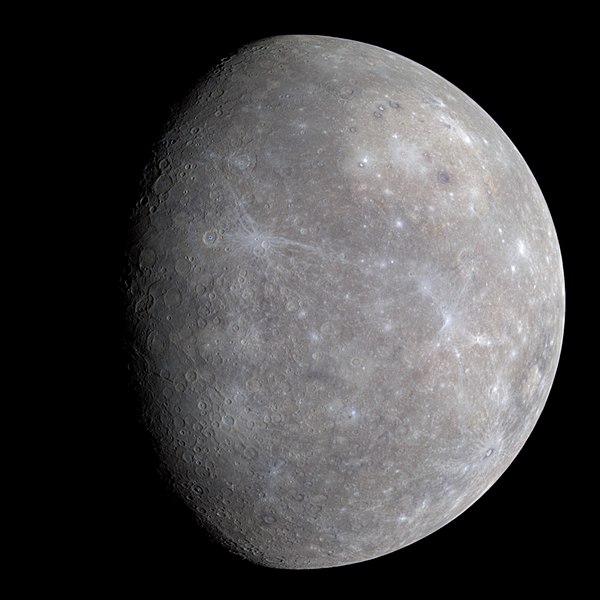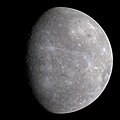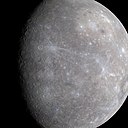فيشي:Mercury in color - Prockter07-edit1.jpg

حجم هاد المعاينة: 600 × 600 بكسل. أبعاد أخرى: 240 × 240 بكسل | 480 × 480 بكسل | 768 × 768 بكسل | 1,024 × 1,024 بكسل | 1,950 × 1,950 بكسل
لفيشي لأصلي (1,950 × 1,950 پيكسيل، تيساع لفيشي: 734 كيلوبايت، نوع لميديا: image/jpeg)
ليسطوريك د لفيشي
ورك على تاريخ/ساعة باش تشوف هاد لفيشي كيف كان كايبان ف داك لوقت
| نهار/توقيت | تصغير | الأبعاد | خدايمي | تعليق | |
|---|---|---|---|---|---|
| ديال دابا | 16:12، 3 يونيو 2008 |  | 1,950 × 1,950 (734 كيلوبايت) | Jjron | {{Information |Description={{Information |Description=Full color image of from first MESSENGER flyby |Source=NASA/JPL [http://messenger.jhuapl.edu/gallery/sciencePhotos/image.php?page=1&gallery_id=2&image_id=143] |Date=2008-01-30 |Author=NASA/[ |
تخدام لفيشي
التخدام لعالمي د لفيشي
لويكيات التالية كاتخدّم هاد لفيشي:
- التخدام ف ar.wikipedia.org
- المجموعة الشمسية
- عطارد
- كوكب
- بوابة:المجموعة الشمسية
- بوابة:المجموعة الشمسية/مقالة متميزة
- ويكيبيديا:صور مختارة/الفضاء والكون/نظرة إلى الأعلى
- بوابة:علم الفلك/صورة مختارة
- ويكيبيديا:ترشيحات الصور المختارة/عطارد بالألوان
- ويكيبيديا:صورة اليوم المختارة/يناير 2018
- قالب:صورة اليوم المختارة/2018-01-13
- بوابة:علم الفلك/صورة مختارة/52
- بوابة:المجموعة الشمسية/مقالة متميزة/3
- ويكيبيديا:صورة اليوم المختارة/أغسطس 2021
- بوابة:كواكب
- بوابة:كواكب/كوكب مختار
- قالب:صورة اليوم المختارة/2021-08-24
- بوابة:كواكب/كوكب مختار/2
- التخدام ف arz.wikipedia.org
- التخدام ف ast.wikipedia.org
- التخدام ف as.wikipedia.org
- التخدام ف azb.wikipedia.org
- التخدام ف az.wikipedia.org
- Merkuri (planet)
- Planet
- Vikipediya:Həftənin seçilmiş məqaləsi/oktyabr 2016
- Vikipediya:Həftənin seçilmiş məqaləsi/42. Həftə 2016
- Portal:Günəş sistemi/Seçilmiş məqalə
- Portal:Günəş sistemi
- Vikipediya:Həftənin seçilmiş məqaləsi/sentyabr 2017
- Vikipediya:Həftənin seçilmiş məqaləsi/36. Həftə 2017
- Vikipediya:Həftənin seçilmiş məqaləsi/yanvar 2018
- Vikipediya:Həftənin seçilmiş məqaləsi/5. Həftə 2018
- التخدام ف ba.wikipedia.org
- التخدام ف bcl.wikipedia.org
- التخدام ف beta.wikiversity.org
- التخدام ف be.wikipedia.org
- التخدام ف bh.wikipedia.org
- التخدام ف ca.wikipedia.org
- التخدام ف ca.wikinews.org
- التخدام ف ckb.wikipedia.org
- التخدام ف cr.wikipedia.org
- التخدام ف cs.wikipedia.org
شوف تّخدام لأعم ديال هاد لفيشي.



